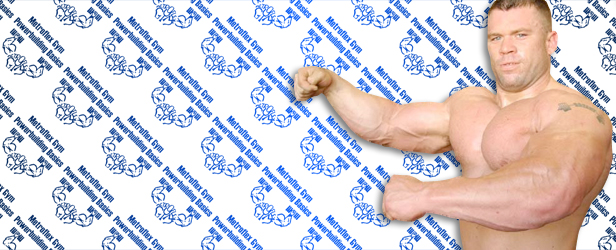
This Wednesday in Texas, temperatures are scheduled to surpass 105 degrees and be in the upper 90s throughout the week. With that in mind, it’s important to pay attention to hydration, though it’s probably impossible to set an exact general fluid requirement.
There are numerous factors that affect the rate of water loss—weather, diet, exercise, obesity, and drugs among others. Even if you don’t give a hoot about your health, dehydration will drastically affect mental and physical function and performance. Low and behold, in many cases, when water loss is as little as one percent, physical performance can be significantly compromised. Weigh yourself before you workout. If you weigh 200 pounds when you start and only weigh 197 pounds halfway through the workout, you’re sacrificing performance.
The following guidelines are for active individuals. They’re estimated using daily energy expenditure and have been provided by the International Sports Science Association.
As temperature and humidity surpass 70 degrees, fluid loss is exacerbated. Special attention must be paid to hydration status. If athletes sweat profusely and for long periods of time, a sports drink is recommended for hydration and to replace lost electrolytes. Most athletes replace only two thirds of lost fluids during training or competition. This is called voluntary dehydration. In many instances, flavored sports drinks make this phenomenon statistically less likely because of the preferred taste. However, in lieu of sports drinks, try coconut water.
Fluid replacement generally occurs in three different phases—before, during, and after exercise. Consuming a minimum of sixteen ounces two hours before competition or intense training increases the likelihood of optimal hydration and allows for enough time for urination. Be smart. You need to start replacing fluids before you sense thirst. Then frequently drink during training or competition, consuming six to eight ounces of fluid every fifteen minutes. After a workout, sixteen ounces of fluid should be consumed for every pound lost during the workout until pre-training body weight has been restored. The ideal choice for fluid replacement is dependent upon the temperature, humidity, and intensity/duration of the workout.









